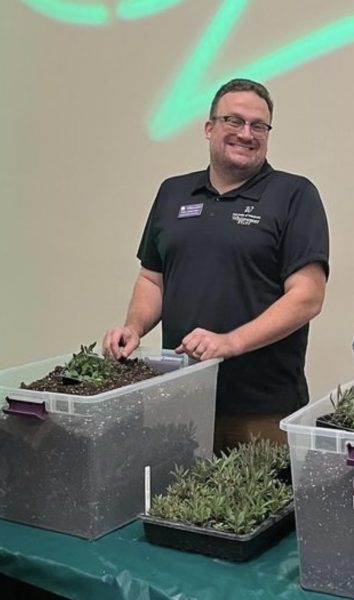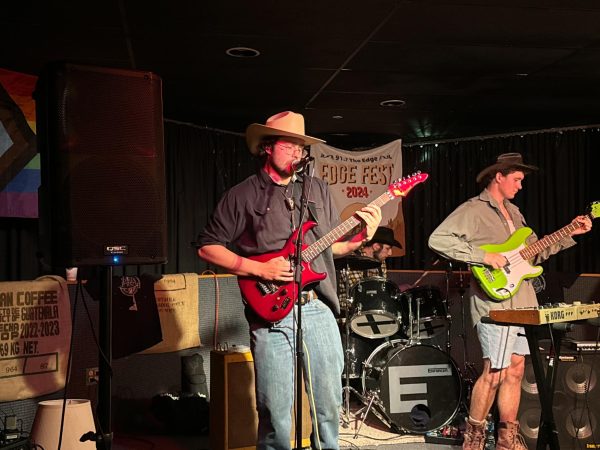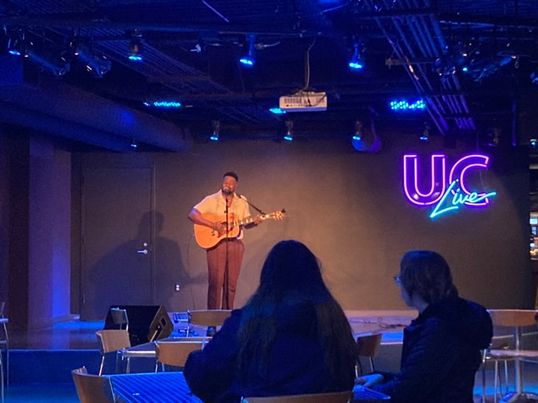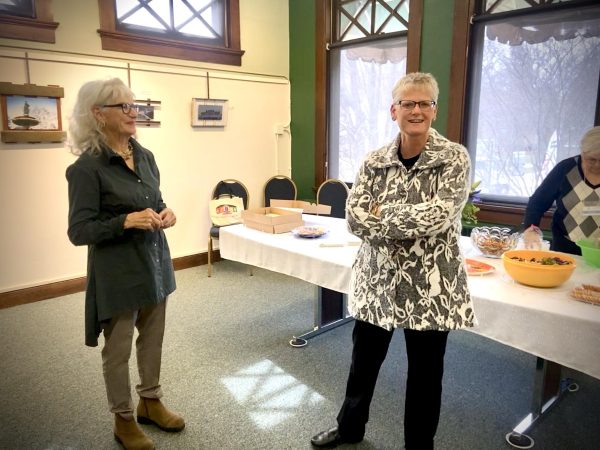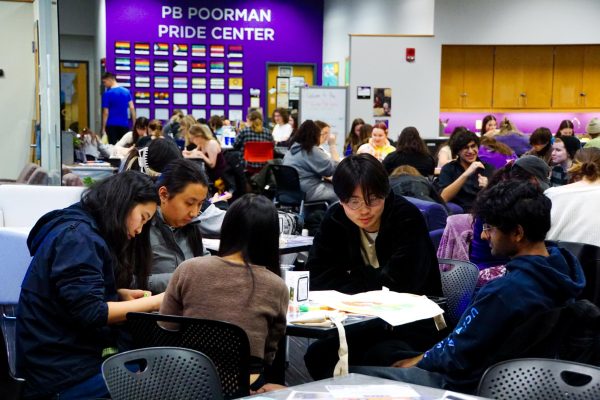Give her a shot
December 12, 2016
UW-Whitewater junior, Rachel Klumb, is a part of the changing demographic of hunters across the country.
Young American women, like Klumb, are taking to the uplands, marshes, and woods in numbers never seen before, which is an encouraging fact for the future of our nation’s outdoor tradition.
A survey published in 2006 by the U.S. Fish and Wildlife Service, found that women made up 10 percent of the 12.5 million hunters in the United States. That percentage has grown, however, with the most prevalent growth rate in the category of young female hunters.
According to the survey, 50 percent more female hunters were in the field in 2006 than ten years prior. Klumb has joined thousands of other young American women who have just recently started to hunt.
“I started just going with my cousin, and boyfriend when they would pheasant and duck hunt,” Klumb said. “At first it was just to get to hang out with them more, and see why they spent so much time out there, but now I am the one asking when we can get out next.”
According to the National Shooting Sports Foundation, hunting is becoming more and more popular among young women due to recent ‘farm-to-table’ trends. Recently, especially amongst young people, it has become important to know exactly where your food is coming from.
“I love to cook, and cooking the game I [hunt] combines two things I love to do,” Klumb said. “Whenever I go into the freezer and pull out some venison, I know where it came from and it reminds me of the hunt.”
Another reason for the spike in female hunter numbers is due to the hunting clothing designed and sized for women. But, the biggest change in women’s hunting apparel is the adoption of “blaze pink”.
Most states require hunters to wear a certain amount of orange clothing, so other hunters can see them easily. In almost every state that has such laws Wisconsin is the only one to allow “blaze orange”, and “blaze pink”.
Governor Walker signed the blaze pink bill into law in February, making this year’s gun deer season the first where pink was allowed alongside orange.
“I don’t think I would wear the pink,” Klumb said. “The color of my vest isn’t why I hunt, I want to kill deer not show off a pink hoodie.”
It’s not the color of the vest that makes the hunter, it’s the talent, and talent is genderless. Men and women who are interested in hunting, regardless of age, are urged to contact the Wisconsin Department of Natural Resources for more information.













